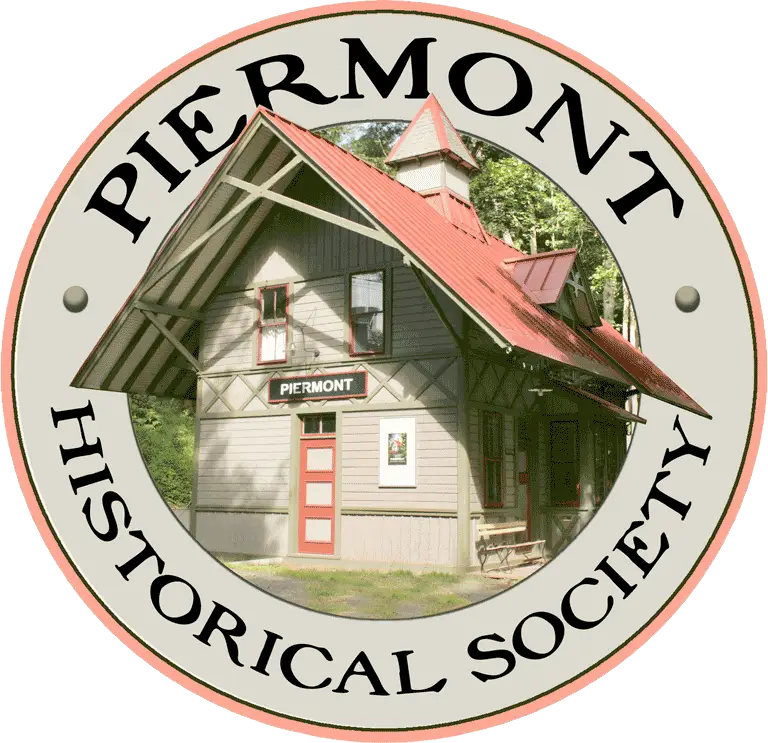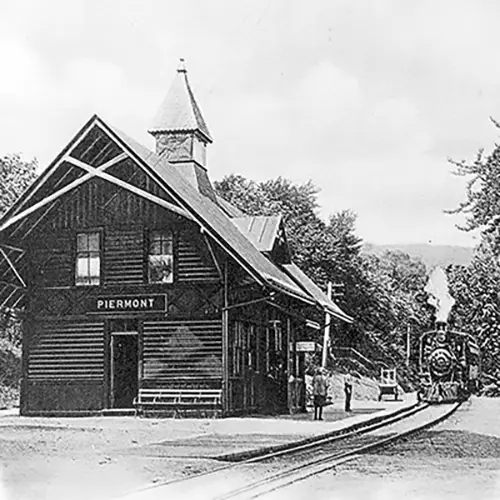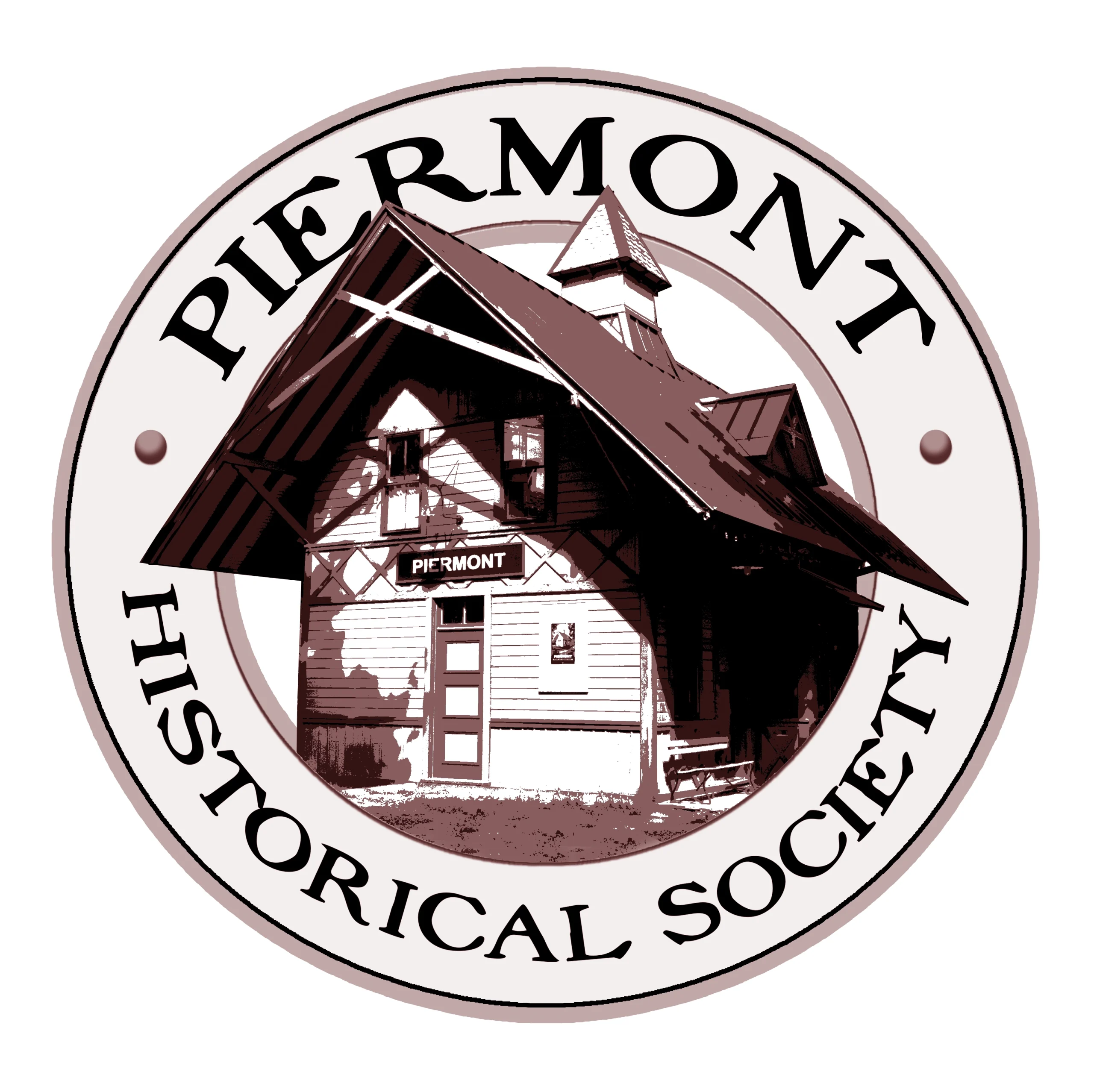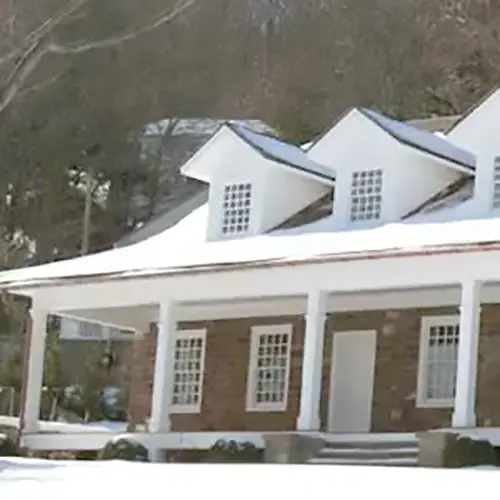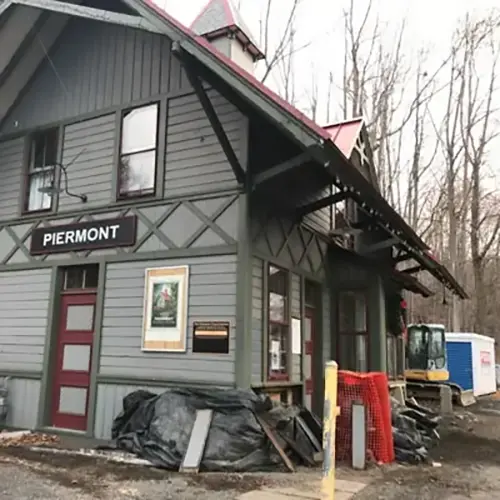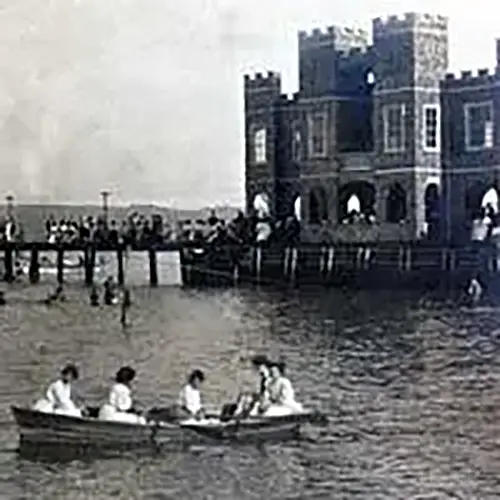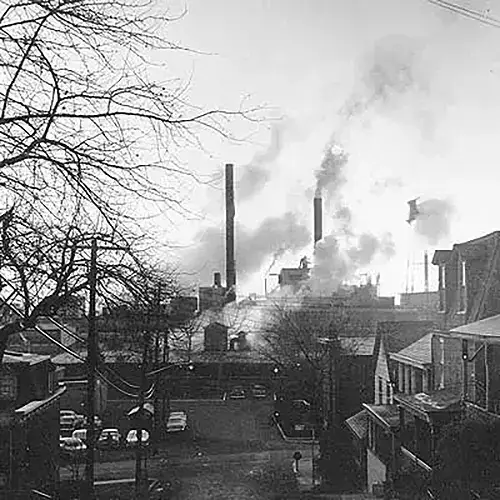

By Annika K. Johansson
What is the National Register of Historic Places?
“The National Register of Historic Places is the official list of the Nation’s historic places worthy of preservation. Authorized by the National Historic Preservation Act of 1966, the National Park Service’s National Register of Historic Places is part of a national program to coordinate and support public and private efforts to identify, evaluate, and protect America’s historic and archaeological resources.”
Get More Info from The National Park Service.
Why Piermont?
What are the benefits of a listing?
In addition to providing recognition of your home, a listing may make future restoration projects eligible for a New York State Historic Homeownership Rehabilitation Tax Credit.
Download FAQs here.
What are the criteria?
For a property to be eligible for inclusion on the National Register it must meet the National Register Criteria for Evaluation. This involves examining the property’s age, integrity, and significance. Note that a property need not fulfill all criteria listed here:
- The structure was associated with events that have made a significant contribution to the broad patterns of our history;
- The structure was associated with the lives of significant persons in our past;
- The structure embodies the distinctive characteristics of a type, period, or method of construction, or that represent the work of a master, or that possess high artistic values, or that represent a significant and distinguishable entity whose components may lack individual distinction;
- The structure yielded or may be likely to yield, information important in history or prehistory.
How do I start?
If you are the owner of a potentially significant historic property, and you believe it fulfills the criteria, here are the steps to seeking inclusion in the New York State and National Registry. Begin by contacting your state historic preservation office (SHPO).
Piermont falls under the New York State Division for Historic Preservation located in Waterford, New York. (address is below). I called the SHPO, and spoke to William Krattinger and Jennifer Bettsworth about my house, giving them a quick verbal review of what I knew about it. Based on our conversation, I was encouraged to gather any documents and photographs I had on hand relating to the house and to submit them to their office together with an application.
The prior owner had done wonderful job of documenting a previous restoration with detailed pictures, and I also had some oral history accounts about the house. Within a few weeks I was contacted for a site visit, and I spent several hours with Ms. Bettsworth and Mr. Krattinger scouring the house both inside and out for historical and architectural clues.
Once the site visit was completed, they proceeded with all the hard work of combing through historic records and property documents, locating deeds and maps and piecing together the history of the house. Their report was then submitted to the State Review Board for nomination to The New York State Register of Historic Places.
After approval at the State level the SHPO in turn forwarded the nomination to the Keeper of the National Register in Washington, D.C. for inclusion on the National list as well. All told, it was a few hours of gathering and submitting information for me, as the brunt of work is done by the staff at the SHPO.
Are there any drawbacks?
A listing has no bearing on local property taxes or zoning, nor does it affect the transfer of property from one owner to another. Many owners are concerned that a listing on the State or National Registers will restrict the use of the property. It does not, however, “interfere with a property owner’s right to remodel, alter, paint, manage, sell or even demolish an historic property.”
How do I get a plaque?
The Registers do not provide plaques, but they do provide a list of manufacturers upon request.
Useful Contacts and Information
New York State Division for Historic Preservation
Peebles Island State Park
P.O. Box 189 Waterford, NY 12188-0189
Phone: 518.237.8643
State Historic Preservation Office
Where to Start – National Register of Historic Places Program: Fundamentals
National Register Application Form
National Register Application Inventory Form
